Hera Rising is an unprecedented global live event of the first ever stratospheric balloon jump from the edge of space done by a woman that is set to break current world records. Paragon is excited to be the prime contractor on this mission!
Hera Rising will attempt the 1st stratospheric skydive by a woman in 2025
By Elizabeth Howell
August 2023
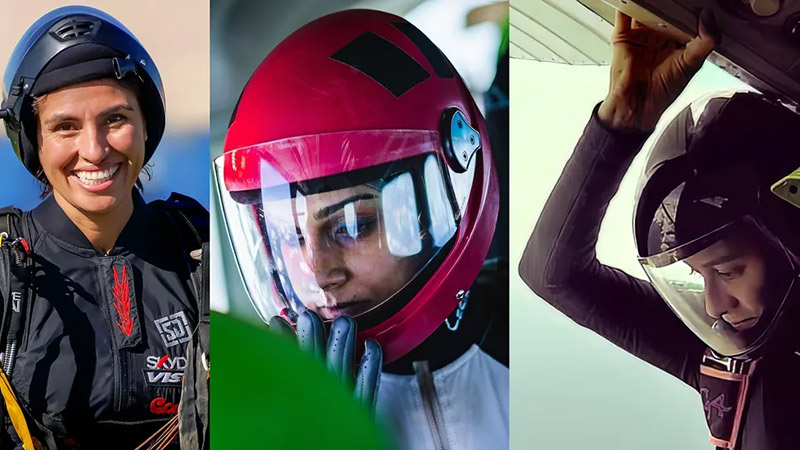
A bold parachute jump will see the highest skydiving leap above Earth by a woman.
By 2025, the Hera Rising initiative aims to send a woman high into Earth’s atmosphere, to vault from a balloon gondola in the stratosphere and break world records along the way.
The project from non-profit Rising United features three highly experienced skydivers: Eliana Rodriquez (who has ancestry in Colombia), Diana Valerín Jiménez (ancestry in Costa Rica) and Swati Varshney (ancestry in India). One of them will make the jump, while the other two will stick on the team for ground support. The trio will also help furnish educational materials for students around the world; sign-up for teachers and other volunteering opportunities are available on the Rising United website.
Who will fly to and jump from the stratosphere (and some of the flight details) are not yet known, given the big day is at least 18 months away. The high-altitude suit and related technical expertise come courtesy of Paragon Space Development Corp., which also was the engine behind a record-breaking 2014 stratospheric jump. Besides which, Paragon is a spacesuit developer, working on a team led by Axiom Space that will outfit NASA’s moonbound Artemis program for astronauts
Artemis aims to put diversity at the fore while landing people on the moon again in the middle of the decade. Like NASA, Hera Rising also aims to bring folks of underrepresented countries into careers related to science, technology, engineering, art and math (STEAM), hence the choice of the three skydivers.
All three “explorers,” as Hera Rising calls the trio, have many years of experience in skydiving and work in a technical field to support their sports passion. For example, Varshney has 1,200 career jumps behind her with a specialty in vertical freefall. She holds a Ph.D. and has a career involving systems and test engineering of emerging technologies.
Skydiving, Varshney told Space.com in an exclusive interview, “is a lot more similar to my scientific training than I ever thought it would have been in the first place. It was just another avenue for me to pursue this goal of lifelong learning.”
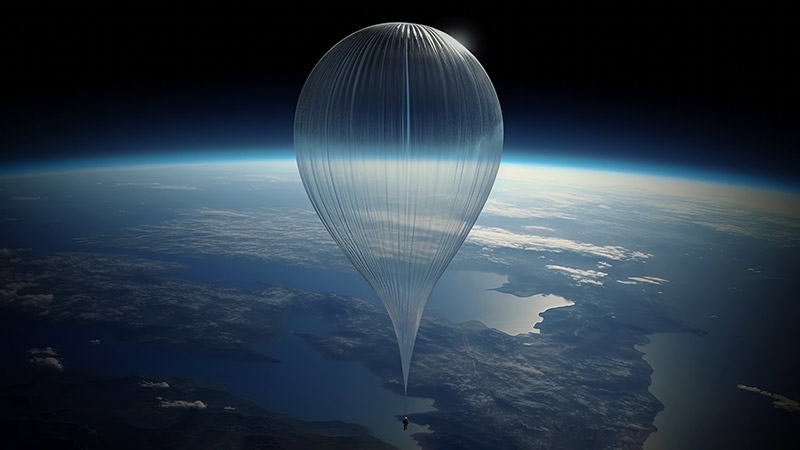
The cold and space-like conditions in the stratosphere are tough, so much so that planning for a jump typically requires the deep pockets of militaries or by well-heeled companies. Women and minorities in particular have barriers to skydiving of all sorts due to the training time involved, the expense of equipment and airplane time, and the difficulty of accessing the sport in many countries.
The first “space dive,” as some people call it, was a U.S. military jump by Col. Joe Kittinger on Nov. 16, 1959 from about 14 miles (22 km). Kittinger had an equipment problem and briefly lost consciousness along the way, illustrating how dangerous the sport is; indeed, many other space divers lost their lives in that era.
Kittinger’s highest-altitude jump of about 19 miles (31 km) on Aug. 16, 1960 stood as a world record for more than 50 years until skydiver Felix Baumgartner, backed by Red Bull, smashed it on Oct. 14, 2012. (Kittinger also served on Baumgartner’s ground team.)
Baumgartner both broke the sound barrier and briefly spun out of control in a livestream after jumping 24 miles (39 km) above the Earth. Alan Eustace next set a new mark on Oct. 24, 2014, also going supersonic after falling from roughly 25 miles (41 km) in altitude.
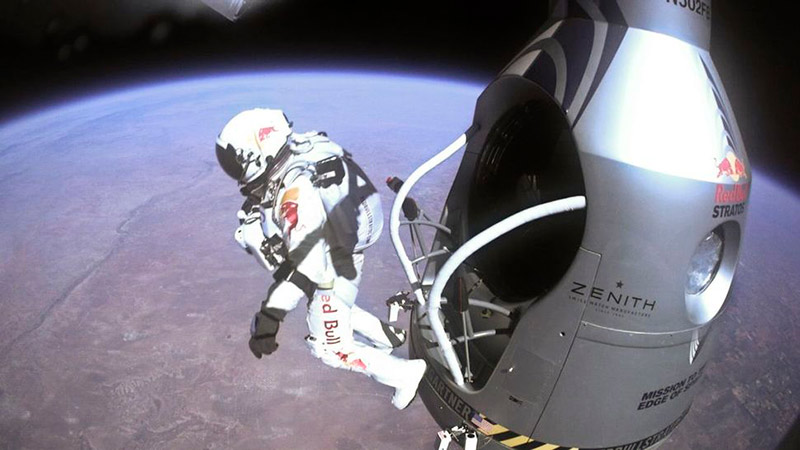
As for Hera Rising, filmed content, a speaking tour and museum exhibits will also flow as the female explorer jumping from the stratosphere aims to break these records:
- Freefall from the highest altitude by more than 3,609 ft. (1,100 m)
- Break the speed of sound unaided by 164 mph (264 km/h)
- Highest crewed balloon flight by 3,534 ft. (1,077 m)
- Longest freefall time
Hera Rising takes its name from the Greek goddess Hera. She was wife of Zeus, the god who ruled from Mount Olympus, and is associated with women, childbirth and patronage of key city-states in what we now call ancient Greece. (Hera also displayed a lot of female agency in the myths, usually in retaliation for Zeus’ perpetual infidelity.)
The organizers for Hera Rising emphasize how inclusive they want to be for their own efforts, while learning from the work of the 2012 and 2014 jumps.
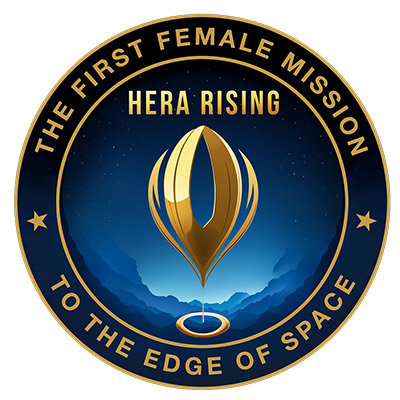
“The way I thought about this project is it’s a combination of some of my most key interests,” Varshney told Space.com. She explained it puts together her hobby in skydiving, her career focuses in science and engineering, and her “passion for representation and inclusion.”
“To have all three of those interests in one spot and one project — and to have a single thing to work on instead of my brain split in three different directions — it’s really incredible,” she added.
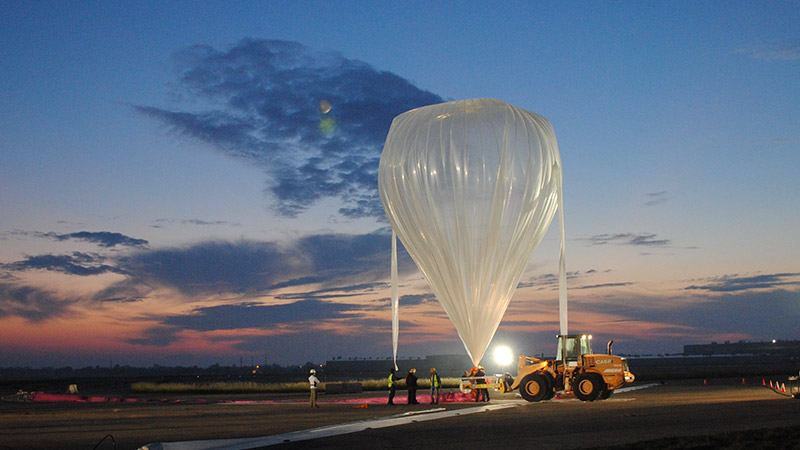
Along with the female stratospheric flyer, 10 experiments will fly up high. Topics under investigation include tailoring spacesuits to the statistically smaller sizes of women, and investigating the stress of jumping on female minds and bodies.
Financial backing comes courtesy of a campaign with Rising United, a non-profit educational charity focused on female empowerment. It is aiming to raise $750,000 on Kickstarter to underwrite the Phase 1 of the program. That phase will finance items such as spacesuit and mission design, the educational curriculum, and marketing and social media to bring Hera to a wide audience.
The English and Spanish curriculum will focus on students in Grades 5 to 8 (roughly ages 10 to 14) in the United States and Latin America, although online materials will be available worldwide. Low-bandwidth and mobile options will be available, too, to broaden the reach.
While the materials are still in the works, sample standards-driven content will include an educational video game about skydiving, a digital magazine, a series of math questions tailored to the physics of freefall, and glimpses of training from the explorers and ground team alike.
“We’re working with all types of schools … really targeting especially schools that have large, diverse populations,” Diana Lockwood-Bordaña, a female and Latina educational Ph.D. and author of “A Steam Mindset” (2022, independently published), told Space.com in an exclusive interview. The goal is “to make sure that we’re helping raise that event and give access” to students across multiple populations, added Lockwood, who is involved in Hera Rising’s curriculum design.
The three women skydivers are:
Eliana Rodriguez: Rodriguez (48) has been skydiving since 1995. She joined the military at 17 years old and took her first jump shortly before leaving the U.S. Army. Her career tally of 16,000 jumps, 1 world championship gold in the female division, 2 world championship golds in the open division, and 21 National Championships golds is more than most male skydivers have earned. She is also a seven-time world record holder in large-formation skydiving. Rodriguez is vice-president of the Women’s Skydiving Network, a non-profit organization aimed to elevate women within the sport, and was entered into the International Skydiving Hall of Fame in October 2022. Rodriguez also is a first-generation American born to Colombian parents.
Diana Valerín Jiménez: Valerín Jiménez (age not disclosed) is a systems engineer with a master’s degree in networks and telematics from the Universidad Latina de Costa Rica. She works as a software specialist at GBM, handling front-end development for one of the most prominent Dominican Republic banks. Previous to that, she worked in digitalization and automation of coffee industry processes at companies including SourceTrace and Representaciones Tecnológicas, along with software implementation and development at companies like Hewlett Packard and Grupo Nación Costa Rica. Valerín Jiménez skydives in her spare time, along with other remote activities such as scuba diving and hiking. She is of Costa Rican descent and lives in Costa Rica.
Swati Varshney: Varshney (age not disclosed) has been skydiving since 2010 with 1,200 career skydives. Her research expertise includes biomaterials, polymer chemistry, and 3D printing. Her career has focused on systems and test engineering of emerging technologies. Varshney has a Ph.D. in materials science and engineering from the Massachusetts Institute of Technology, a master of philosophy in microtechnology and nanotechnology enterprise from the University of Cambridge, and a bachelor of science in chemistry from Carnegie Mellon University. While at MIT, Varshney worked on creating flexible body armor based on fish-scale biomechanics alongside the MIT Skydiving Club. Varshney is of Indian ancestry, first-generation American, born in raised in the United States.
Article courtesy of Space.com
https://www.space.com/stratosphere-parachute-jump-woman-skydive/
